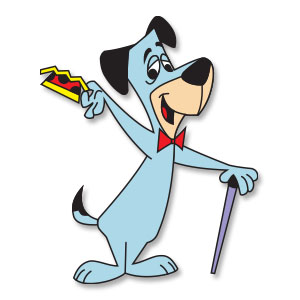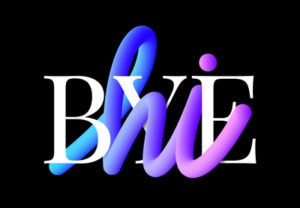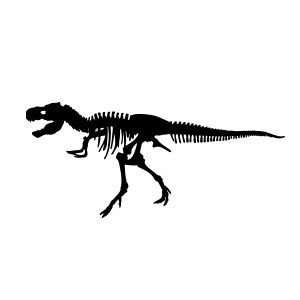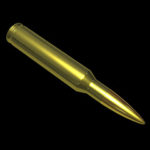Huckleberry “Huck” Hound is a fictional cartoon character, a blue anthropomorphic dog that speaks with a Southern drawl and has a relaxed, sweet, and well-intentioned personality. He first appeared in the series The Huckleberry Hound Show. The cartoon was one of six TV shows to win an Emmy Award in 1960 as an “Outstanding Achievement in the Field of Children’s Programming”; The first animated series to receive such an award.
The term “huckleberry” can be a slang expression for a rube or an amateur, or a mild expression of disapproval[citation needed]. Most of his short films consisted of Huck trying to perform jobs in different fields, ranging from policeman to dogcatcher, with results that backfired, yet usually coming out on top, either through slow persistence or sheer luck. Huck did not seem to exist in a specific time period as he has also been a Roman gladiator, a Medieval knight, and a rocket scientist. He never appeared in futuristic cartoons, only those set in the present or the past. One regular antagonist in the series was “Powerful Pierre”, a tall and muscular unshaven character with a French accent. Another regular villain was “Dinky Dalton”, a rough and tough western outlaw that Huck usually has to capture, and Crazy Coyote, an Indian who Huck often had to defeat who was his match. There were also two crows with Mafia accents who often annoyed Farmer Huck. Another trademark of Huck was his tone deaf and inaccurate rendition of “Oh My Darling, Clementine”, often used as a running gag. He also commonly used the phrase “and stuff like that thar” in place of “and so on”. This phrase showed up quite often in many Hanna-Barbera productions of this time, but Huckleberry said it more often than anyone else. One of his careers had his job position on the door listed as “TS & SLTT”. When asked what it stood for, Huck said “Top secrets and stuff like that thar.” Various Hanna-Barbera characters were known for breaking the fourth wall, frequently turning to the viewing audience to make comments and asides. Huck took this to somewhat of an extreme, and a significant part of a typical cartoon was his running narrative to the audience about whatever he was trying to accomplish.
















